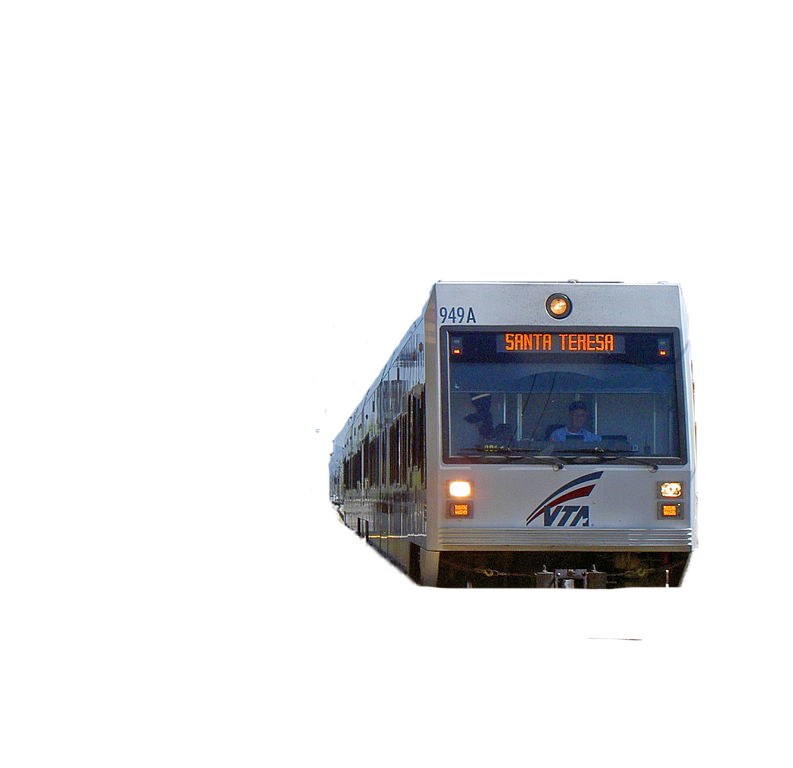What we need from VTA’s biggest expansion in 10 years
Making my way downtown, walking fast, faces pass and I’m De Anza bound.
The regular routine that students coming on and off of De Anza College campus are used to is going to change this Fall 2017. The changes to the routes, times and destinations are vast.
Valley Transit Authority planned a new overhaul for their routes and areas of service to coincide with the completion of the BART station being built in San Jose.
One of the great changes is the ‘323’ becoming ‘523,’ allowing the western end to extend to Lockheed Martin Transit Center and the eastern end to Berryessa’s BART Station.
VTA’s problematic nature has received considerable scrutiny, even to the point that VTA itself concedes failures in its annual reports. With relationship to students, perhaps most frustrating is the consistent wait times. The current time between departures is supposedly 11 minutes when it actually feels like 20.
Supposedly, the wait times will become increasingly standardized at 15 minutes, but I nonetheless would actually like to see consistency be more strongly enforced.
Another concern has had me constantly scratching my head in confusion: the lack of public transit between Foothill and De Anza colleges. Of course, there is a means of getting to Foothill from De Anza through the VTA system, but it takes an unfathomable amount of time; while it takes less than 15 minutes by car, the trip via VTA lines consumes nearly 90 minutes of students’ already precious time.
Foothill-De Anza district is a unique district in that students frequently will crossover between the sister colleges, and VTA receives significant traffic from community college students, and thus it is only reasonable to expect that they should better cater to such a nuanced need.
Kermit Cuff, a transit service development supervisor with VTA, told The Mercury News that a new transportation line between De Anza and Foothill is unlikely because the previous route had very low ridership. The previous route between the two schools had about 20 riders per day.
The current plan the VTA has drafted is still open to changes, and they are fully open to hearing your suggestions until Feb. 20 when the plan finalizes.
VTA has limited resources and certainly can only do so much in a framework of an aged-old system of buses, but hopefully VTA begins to take its stigma seriously. Maybe one day, there will even be a reality in which the light rail actually moves at a speed which makes it worthy of having light in its name!

